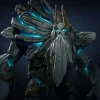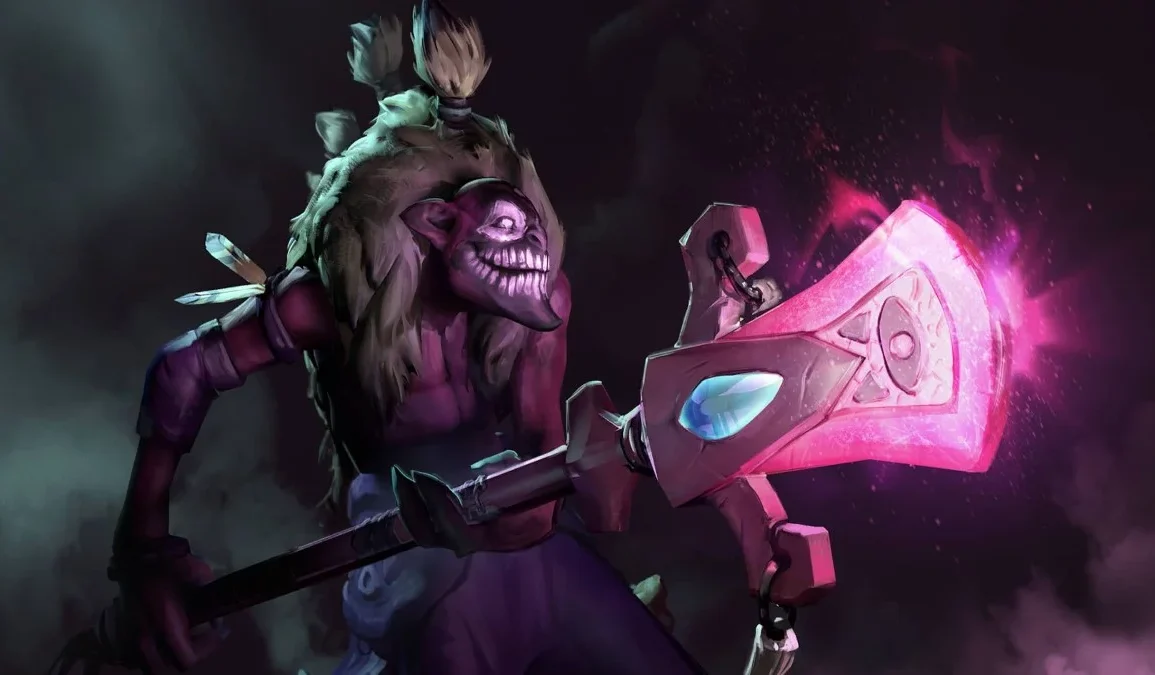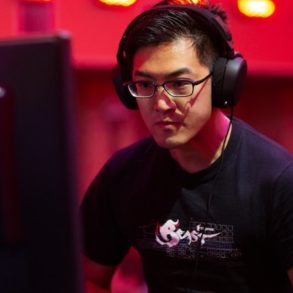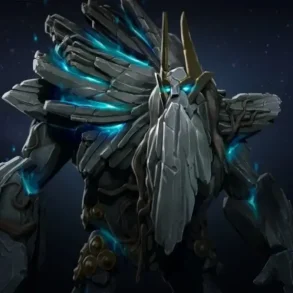Dota 2 is a constantly evolving game, and while balance updates may not come as frequently as players would like, the game still sees shifts in the meta. New strategies and trends emerge naturally, even in the absence of direct updates.
However, instead of focusing on these temporary trends, this article examines how certain heroes have deviated from their original designs, resulting in gameplay that feels different from what was initially intended. These heroes are still viable and even popular in high-level play, but their roles are no longer what they were originally created for.
Dazzle’s Role Shift from Support to Core Highlights Dota 2’s Evolving Hero Dynamics.
Dazzle, once a quintessential support hero, has experienced a shift in his role over the years. The introduction of Oracle, a hero who could perform Dazzle’s core role better, left Dazzle in a precarious position. While Dazzle was known for his strong lane presence, healing abilities, and teamfight impact, he now struggles to maintain relevance in the support role.
Today, Dazzle is increasingly picked as a core hero, leveraging his Universal attribute and items like Aghanim’s Scepter to scale into a powerful damage dealer. However, this versatility comes at the cost of focus: heroes that are good at everything are often not exceptional at anything in particular, and Dazzle’s identity as a support has been overshadowed. The hero has yet to find a solid spot in the competitive scene, and fans are left waiting for a true return to form.
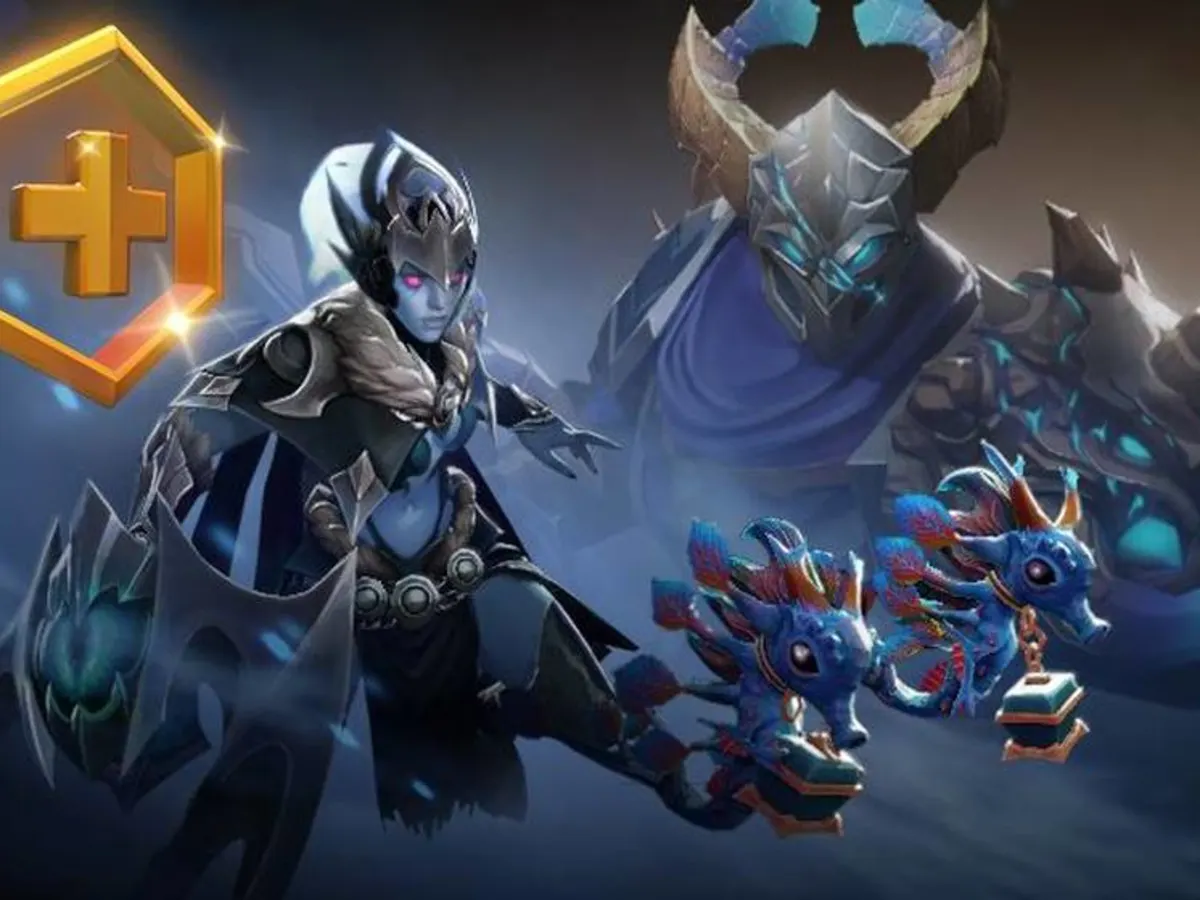
Invoker’s transition to a Universal hero is one of the more peculiar design decisions in Dota 2. Known for being an Intelligence hero and a master of spells, Invoker’s shift toward becoming a hero who scales through right-clicks feels out of place. Lore-wise, Invoker as a Universal hero might make sense, aligning with characters like magi-warriors who blend magic and physical prowess.
However, in gameplay terms, seeing Invoker build right-click items like Wraith Band and Manta Style feels contradictory to his intended design as a spellcaster. Many players long for a return to his roots, where his abilities were the focal point, and right-clicking was secondary. A rework that focuses more on his spellcasting abilities could restore his original role as a potent magical force.
Muerta’s Unexpected Support Role Challenges Her Design as a Powerful Right-Click Carry Hero.
Muerta, a hero with a powerful auto-attack steroid and a chance to crit, is an anomaly in the current Dota 2 meta. Despite these strong abilities, Muerta is most commonly played as a support rather than the carry hero her design would suggest.
There are several factors that contribute to this: her Intelligence attribute doesn’t mesh well with common right-click DPS items, her lack of mobility makes farming difficult, and her overall squishiness makes her a poor fit for a traditional carry role.
Much like Invoker, Muerta’s current role doesn’t feel “wrong,” but it does feel unexpected. This divergence from the original design is not a problem in terms of balance, but it does raise questions about the hero’s true potential.
The examples of Dazzle, Invoker, and Muerta highlight how Dota 2’s sandbox-style design allows for unexpected shifts in hero roles. While this flexibility leads to innovative and diverse strategies, it also means that some heroes end up in roles that don’t align with their original purpose.
This is a natural part of Dota’s evolving nature, and while it can feel odd, it is not necessarily a flaw. The complexity of Dota 2 is part of what makes it so engaging, and seeing heroes adapt in different ways adds depth to the game. Ultimately, these heroes may not always follow their intended design, but they still offer opportunities for creative play and strategic exploration.


